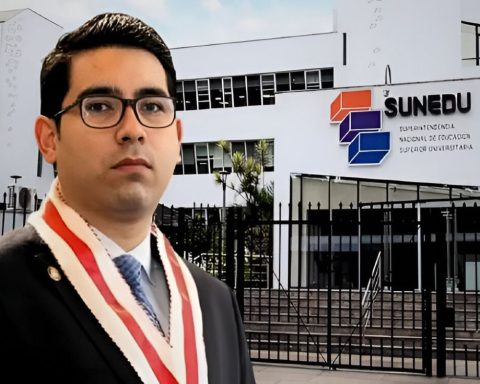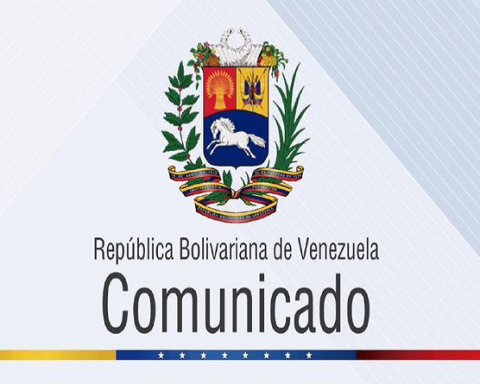The James Webb Space Telescope sent images of a star belonging to the Ursa Major constellation for the first time and took “a selfie” to record that moment, NASA reported.
The first sent photograph of the cosmos is 18 fuzzy white dots on a black background, all showing the same target: HD84406, a bright and lonely star in the constellation Ursa Major.
The 18 random dots featured in this video might not look like much, but they represent a big step forward in #NASAWebb‘s 3-month mirror alignment process and its quest to #UnfoldTheUniverse: https://t.co/YVrW6RTvOy
Let’s connect the dots with a thread ⬇️ pic.twitter.com/yT8Chn1LSb
— NASA Webb Telescope (@NASAWebb) February 11, 2022
The 18 points were captured by the main mirror in 18 individual segments, and the image is now the basis for aligning and focusing these hexagonal pieces.
The light bounced off segments of Webb’s secondary mirror, a rounded object located at the end of long arms, and later by a Near Infrared Camera (NIRCam) instrument, Webb’s primary imaging device. .
“The entire Webb team is ecstatic at how well the first steps of imaging and aligning the telescope are going”Marcia Rieke, Principal Investigator
“The entire Webb team is ecstatic at how well the first steps of imaging and aligning the telescope are going,” Marcia Rieke, principal investigator for NIRCam and professor of astronomy at the University of Arizona, said in a statement.
The image capture process began on February 2when Webb pointed to different positions surrounding the star’s predicted location.
And although Webb’s initial search covered an area of the sky equivalent in size to the full moon, the dots are all located near the center, meaning the observatory is already relatively well-positioned for its final alignment.
To help the process the team also took a “selfie” with a special lens on the NIRCaminstead of an external camera.
Bonus pictures! When it’s time to focus, sometimes you need to take a good look at yourself.
This “selfie” taken by Webb of its primary mirror was not captured by an externally mounted engineering camera, but with a special lens within its NIRCam instrument. #UnfoldTheUniverse pic.twitter.com/XtzCdktrCA
— NASA Webb Telescope (@NASAWebb) February 11, 2022
Previously, NASA had reported that a selfie was not possible, so this news comes with special satisfaction.
“I think the reaction was more or less wow,” Lee Feinberg, director of the Webb Optical Telescope Element, told reporters, explaining that the team wasn’t sure it was possible to get such an image using starlight alone.
The $10 billion observatory launched from French Guiana on December 25 and now it is in an orbit that is aligned with the Earth around the Sun, about 1.5 million kilometers from our planet, in a region of space called the second Lagrange point.
Webb will begin his science mission this summer, which includes using his high-resolution instruments to go back in time 13.5 billion years to the first generation of galaxies that formed after the Big Bang.
Its mission also includes a study of distant planets, known as exoplanets, to determine their origin, evolution, and habitability.

















